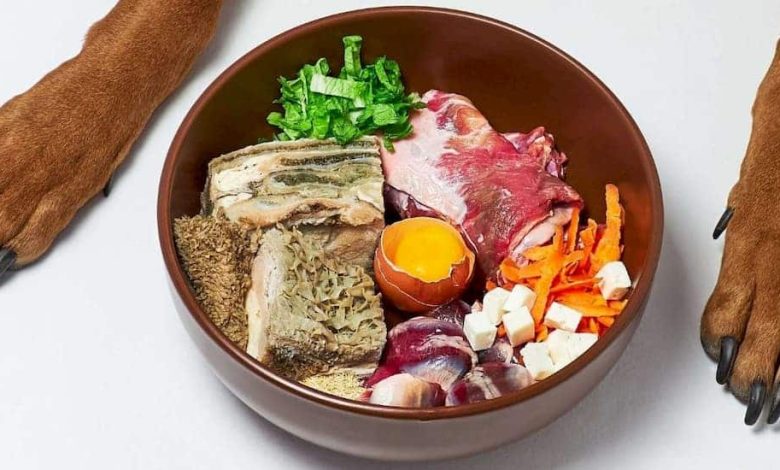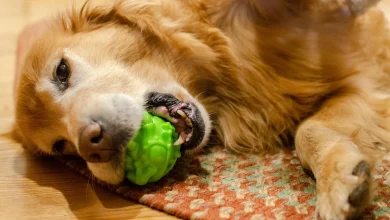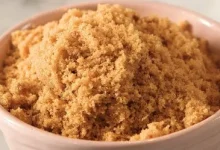Raw Dog Food: Natural Approach to Nourishing Your Friend
Natural Approach to Nourishing Your Friend

Are you looking for a natural and wholesome approach to nourishing your beloved four-legged friend? Look no further than raw dog food! Raw dog food, also known as a raw food diet, has gained popularity among dog owners who want to provide their furry companions with a nutritionally balanced and biologically appropriate diet.
This article, “Raw Dog Food: A Natural Approach to Nourishing Your Four-Legged Friend,” explores the world of raw feeding and delves into the benefits and considerations of this feeding approach. By understanding the principles behind raw dog food and its potential impact on your dog’s health, you can make an informed decision about whether it’s the right choice for your canine companion.
Get ready to discover the power of nature’s bounty and unlock the potential of raw dog food to optimize your dog’s well-being and vitality.
Nutritional advantages of Raw dog food
When it comes to nourishing your four-legged friend, natural dog food offers a multitude of nutritional advantages that can truly make a difference. By opting for natural dog food, you’re choosing a diet that is packed with high-quality, whole food ingredients that are minimally processed.
These ingredients retain their nutritional integrity, ensuring that your dog receives the maximum benefits from their meals. Natural dog food is often free from artificial additives, preservatives, and fillers that can have negative effects on your dog’s health. Instead, it focuses on real, wholesome ingredients that provide essential nutrients, vitamins, and minerals that support your dog’s overall health and well-being.
Whether it’s lean meats and fish for protein, fruits and vegetables for vitamins and antioxidants, or healthy grains and fats for energy, raw dog food offers a well-rounded and balanced diet that can improve your dog’s vitality and longevity. By making the switch to raw dog food, you’re giving your furry friend the best chance at a healthy and thriving life.
Practical tips for transitioning and implementing a raw food diet for dogs.
Transitioning to a raw food diet for your dog may require some careful planning and adjustment. Here are some practical tips to help you smoothly transition and implement a raw food diet:
1. Gradual Transition:
Start by gradually introducing raw food into your dog’s diet. Begin with small portions mixed with their regular food, then slowly increase the amount of raw food over time. This gradual transition allows your dog’s digestive system to adjust to the new diet.
2. Proper Balance
Ensure that your dog’s raw food diet is balanced and includes all the essential nutrients they need. Consult with a veterinarian or a canine nutritionist to create a balanced meal plan that includes a variety of protein sources, fruits, vegetables, and supplements if necessary.
3. Quality Sourcing
Choose high-quality ingredients for your raw dog food. Look for human-grade, hormone-free, and organic meats and vegetables whenever possible. It’s important to source ingredients from reputable suppliers to ensure safety and quality.
4. Safe Handling and Storage
Practice proper food safety protocols when handling and storing raw food. Keep raw meat and other ingredients separate from human food, wash hands thoroughly, and clean utensils and surfaces after preparation. Follow guidelines for storing raw food to prevent bacterial growth.
Monitor and Adjust
Observe your dog’s response to the raw dog food and make adjustments as needed. Monitor their weight, coat condition, energy levels, and overall well-being. If you notice any issues, consult with a veterinarian to make necessary changes to the diet.
Remember, transitioning to a raw dog food should be done gradually and under the guidance of a professional. Each dog is unique, and their dietary needs may vary. By following these practical tips, you can help ensure a successful transition to a raw food diet that promotes your dog’s health and well-being.
Optimal way of giving natural treats
When it comes to giving natural treats to your dog, it’s important to do so in an optimal way to maximize their benefits and enjoyment. Here are some tips for giving natural treats to your furry friend:
- Use Treats as Rewards: Natural treats can be a great tool for positive reinforcement during training sessions. Use them as rewards for desired behaviors or to reinforce obedience commands. This not only provides a tasty incentive for your dog but also strengthens the bond between you and your furry friend.
- Portion Control: While natural treats are healthy, it’s still important to practice portion control. Treats should only make up a small percentage of your dog’s overall daily calorie intake. Follow the recommended serving size for the specific treat you’re using and adjust the quantity based on your dog’s size, weight, and dietary needs.
- Incorporate into Interactive Toys: Make treat time more engaging and mentally stimulating by using interactive toys. Treat-dispensing toys, puzzle toys, or frozen treats inside chew toys can provide both physical and mental stimulation for your dog. This can help keep them entertained and prevent boredom.
- Introduce Variety: Just like humans, dogs can get bored with the same treats over time. Introduce a variety of natural treats to keep things interesting and to provide a range of nutritional benefits. Rotate between different protein sources and flavors to cater to your dog’s preferences and to provide a well-rounded diet.
- Monitor Chewing and Digestion: While natural treats are generally safe, it’s important to monitor your dog while they’re enjoying their treat. Ensure that the treat is an appropriate size and texture for your dog’s chewing abilities to prevent choking or other hazards. Additionally, observe your dog’s digestion and make note of any adverse reactions or sensitivities to certain ingredients.
To be precise, natural treats offer numerous benefits for your furry friend, providing them with a healthy and enjoyable snacking experience. The use of natural treats can contribute to a well-rounded diet, promote better dental health, and support overall well-being. By incorporating natural treats into your dog’s routine, you can enhance their nutrition, satisfy their cravings, and strengthen the bond between you and your canine companion. Remember to choose treats made from high-quality ingredients, monitor portion sizes, and consider your dog’s individual needs and preferences. With the right approach, natural treats can be a valuable addition to your dog’s diet and bring joy to their daily routine.
Author Bio
I Am Lucy Jack, And I Have Been Working As Content Writer At Rananjay Exports For Past 2 Years. My Expertise Lies In Researching And Writing Both Technical And Fashion Content. I Have Written Multiple Articles On Gemstone Jewelry Like Turquoise Ring And Other Stones Over The Past Years And Would Love To Explore More On The Same In Future.









